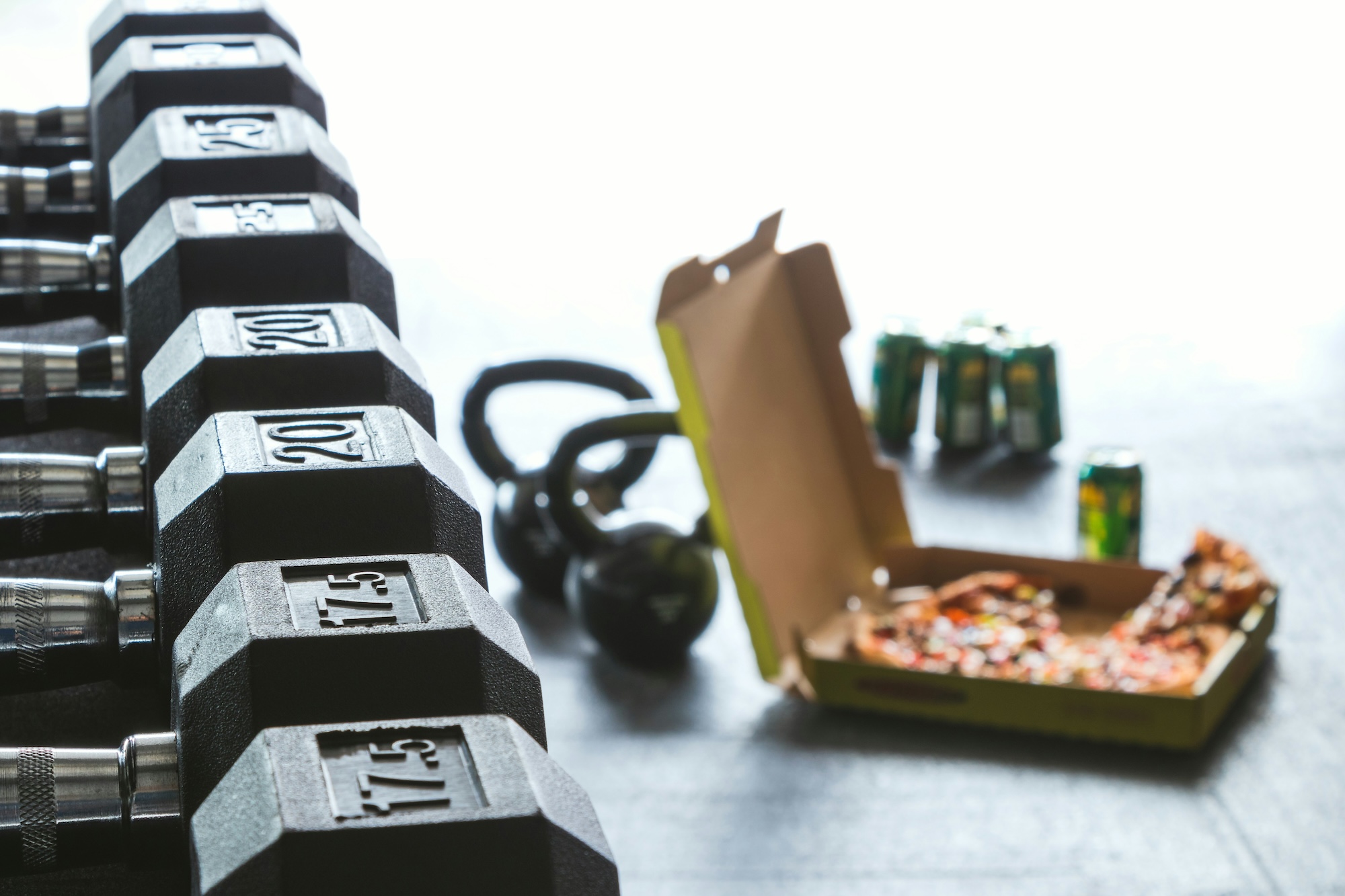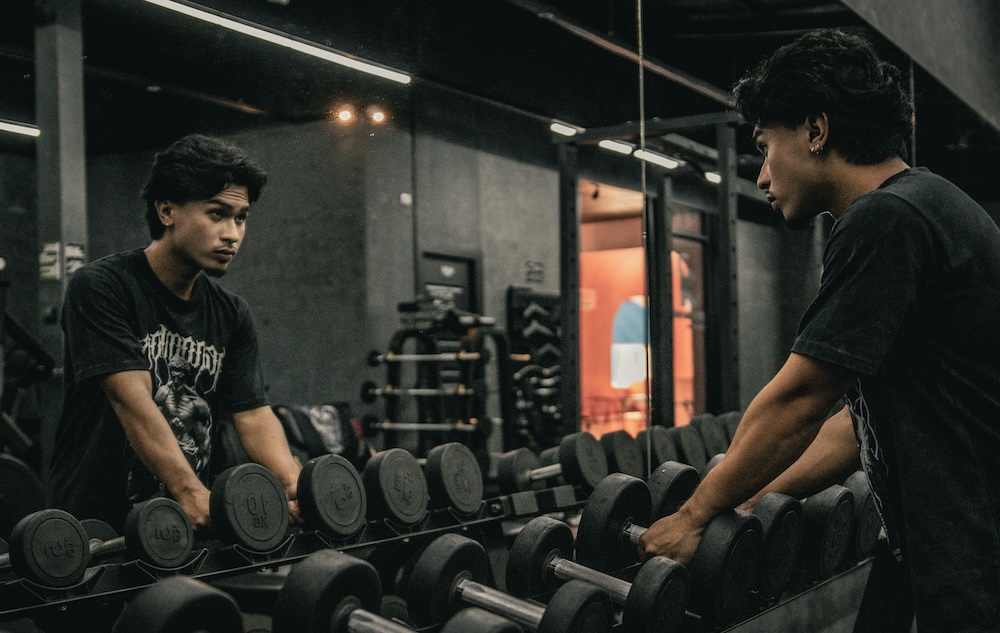Understanding Volume, Intensity, and Frequency in Your Training
When it comes to making real progress in the gym — whether your goal is building muscle, losing fat, or getting stronger — it’s not just about showing up. The structure of your workouts plays a massive role. Three key training variables you need to understand (and balance) are:
Volume, Intensity, and Frequency.
These elements work together like gears in a machine. Let’s break them down so you know how to use them effectively.
1. Volume: How Much Work You’re Doing
Definition: Volume refers to the total amount of work you perform in a session or over a week. The most common way to measure it is:
Sets × Reps × Weight
Example:
If you do 3 sets of 10 reps with 50kg on a bench press, your volume for that exercise is:
3 × 10 × 50 = 1,500kg
Why it matters:
- Higher volume tends to be better for muscle growth (hypertrophy).
- Too much volume without adequate recovery can lead to burnout or plateau.
- Beginners often see great results with lower volume; advanced lifters typically need more.
2. Intensity: How Hard You’re Training
Definition: Intensity refers to the load or effort behind your sets. In strength training, it’s often associated with how heavy the weights are — typically shown as a percentage of your 1-rep max (1RM).
Example:
- Lifting 90% of your 1RM for 3 reps = high intensity
- Lifting 60% of your 1RM for 12 reps = moderate intensity
Why it matters:
- Higher intensity = better for strength development
- Lower to moderate intensity = better for hypertrophy and endurance
- You can also measure intensity using RPE (Rate of Perceived Exertion) — a 1–10 scale for how hard the set felt.
Pro Tip: Don’t go high intensity every session. It’s demanding on the nervous system and needs to be programmed smartly.
3. Frequency: How Often You Train a Muscle Group
Definition: Frequency is how many times per week you train a specific muscle group or lift.
Example:
- Training legs once per week = low frequency
- Training legs 2–3 times per week = moderate to high frequency
Why it matters:
- More frequent sessions allow you to spread your volume across the week (helpful for recovery).
- Higher frequency can mean more practice and skill development — especially for complex lifts like squats or deadlifts.
- For most natural lifters, 2–3 times per week per muscle group tends to yield the best results.
How to Balance All Three
Think of Volume, Intensity, and Frequency like a triangle — change one, and it affects the others.
- High Volume + High Intensity = Risk of overtraining
- High Frequency + High Intensity = CNS fatigue
- Moderate everything = Sustainable, long-term progress
Simple Guidelines Based on Your Goal
Goal | Volume | Intensity | Frequency |
Muscle Growth | Moderate–High | Moderate | 2–3x per week |
Strength | Low–Moderate | High | 2–3x per week |
Fat Loss | Moderate | Moderate | 3–5x per week (total sessions) |
Final Takeaway
You don’t need to train like an athlete or bodybuilder to see results. But understanding how volume, intensity, and frequency interact can help you train smarter, avoid plateaus, and stay injury-free.
Balance these variables based on your training age, goals, and recovery ability — and let your program evolve as you do.
Want help structuring your training around these principles? That’s exactly what gymBAIT’s AI engine is built for — taking the guesswork out and leaving you with results that speak for themselves.




